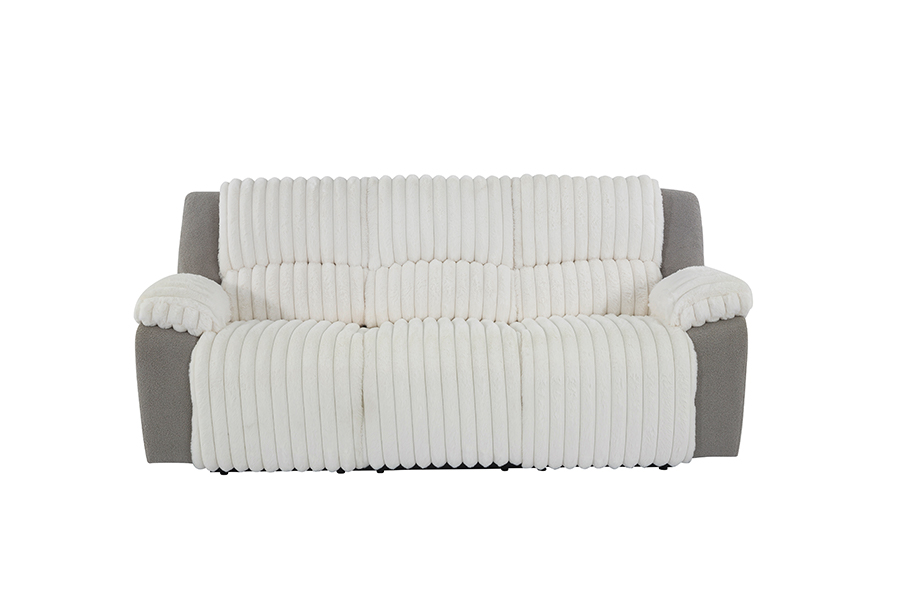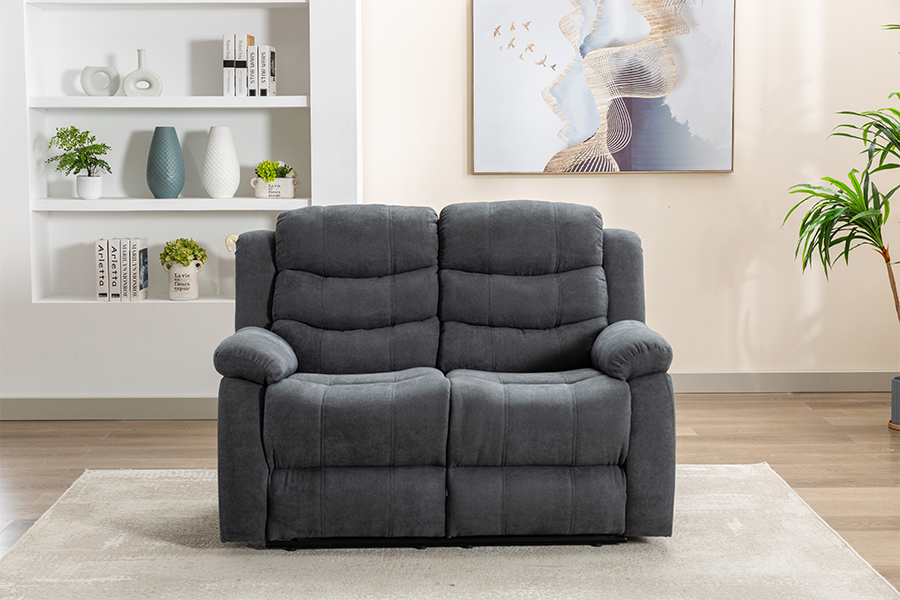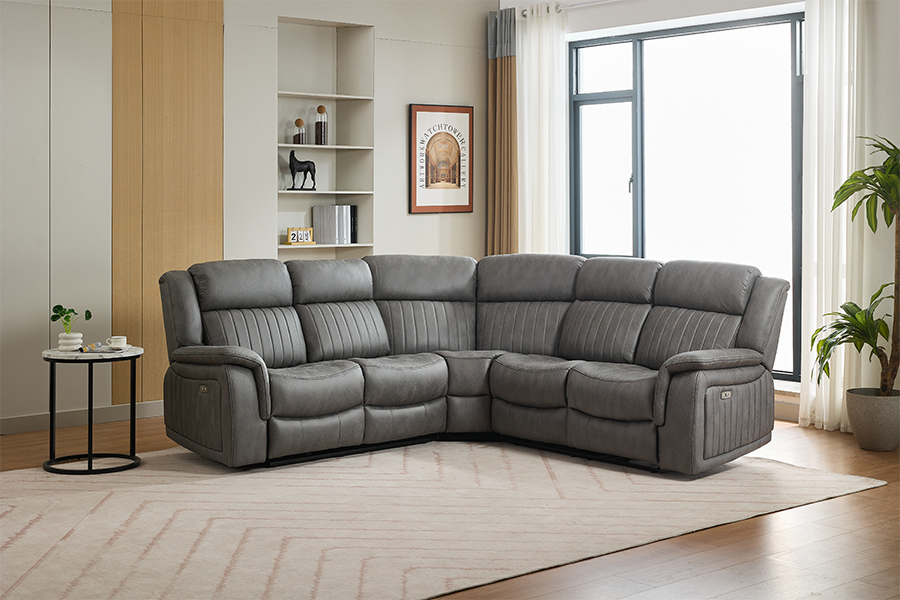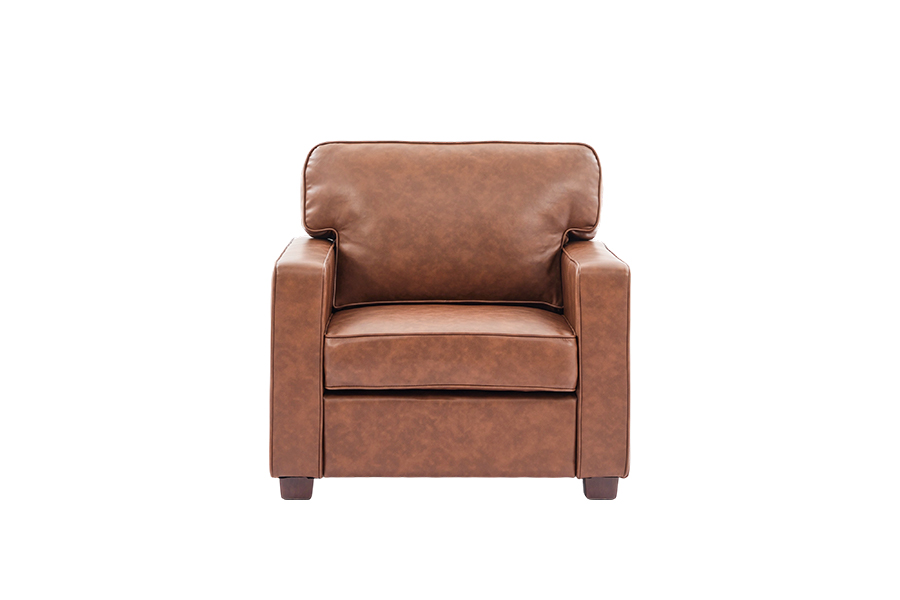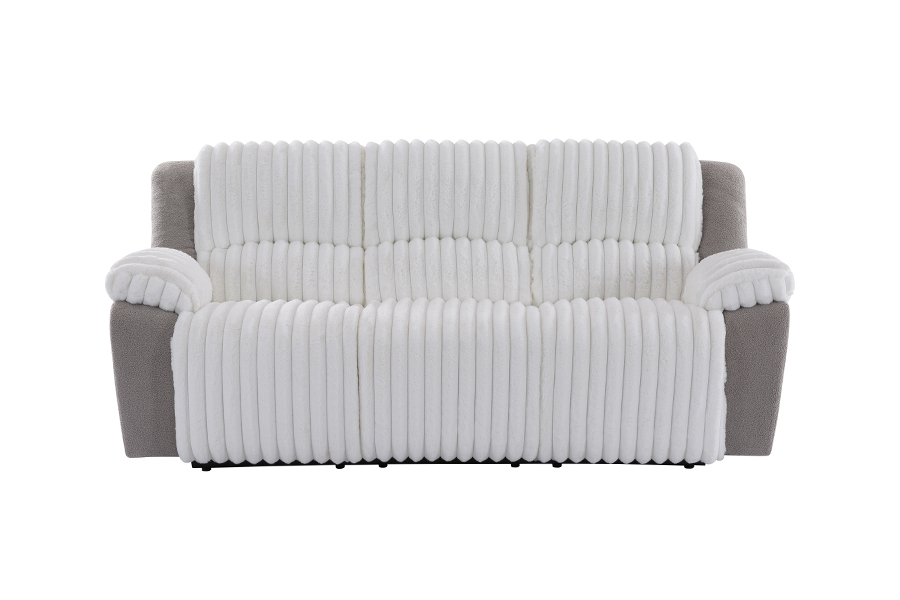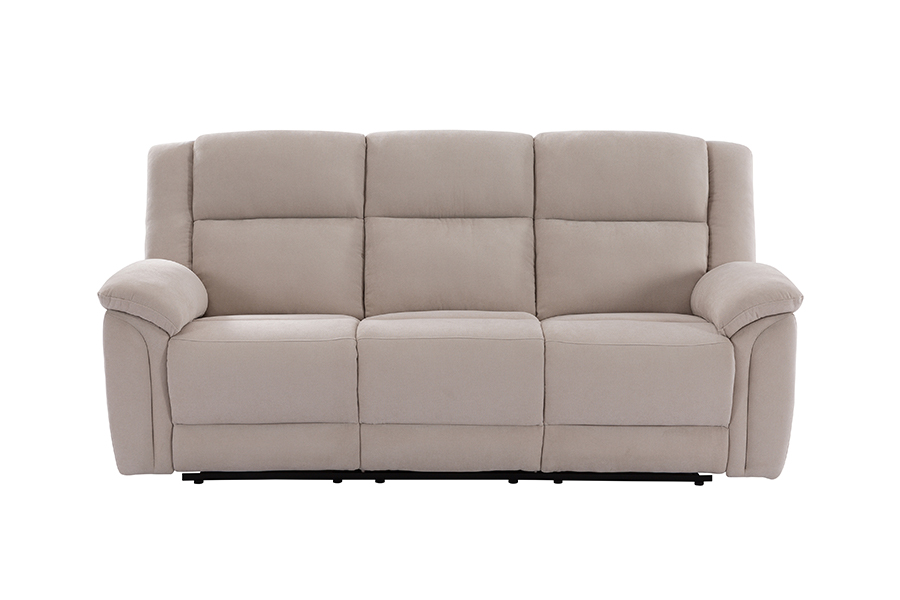Web Menu
Product Search
Exit Menu

How to ensure the stability and safety of the physical principle of the gas rod for Office Chairs in actual production?
Posted by Admin | 26 Jun
Physical principle of gas rod: core support for lifting and rotation
The work of the gas rod of Office Chairs is based on the principle of gas pressure. The gas rod is filled with high-pressure gas, usually nitrogen, and its internal structure includes key components such as piston and cylinder. The cross-sectional area of the two ends of the piston is different. When external force is applied to the gas rod, the gas pressure pushes the piston to move due to the pressure difference, thereby realizing the lifting function of the office chair. During the lifting process, the gas is compressed and released in the closed gas rod. By controlling the gas inlet and outlet and the pressure, the height of the office chair can be accurately adjusted.
The rotation function of the gas rod depends on its unique structural design. The bottom of the gas rod is connected to the base of the office chair, and the top is connected to the seat. With the cooperation of specific bearings and guide structures, when the user turns the seat, the gas rod can flexibly rotate with it, providing users with a convenient range of activities, so that they can freely adjust their positions in the work area without having to get up frequently.
Strict screening of production materials: the cornerstone of stability and safety
The first step in producing gas rods is strict screening of materials, which is the basis for ensuring the stability and safety of gas rods. As the main part of the gas rod that carries high-pressure gas, the cylinder of the gas rod has extremely high requirements for the strength and sealing of the material. High-strength alloy steel is usually selected. This steel not only has excellent pressure resistance and can withstand the huge pressure generated by the internal high-pressure gas, but also has good toughness. It is not easy to break when impacted by external forces, fundamentally avoiding safety hazards such as gas leakage.
As the key moving part for the gas rod to realize its function, the piston has strict standards for the wear resistance and sealing of the material. Generally, special alloy materials are used and surface hardened to enhance its wear resistance, reduce friction loss with the inner wall of the cylinder, and extend the service life of the gas rod. At the same time, the piston surface will be equipped with high-precision seals. These seals are made of special rubber materials with good elasticity and corrosion resistance. They can fit the piston and cylinder tightly to prevent gas leakage and ensure the stability of the internal pressure of the gas rod, thereby ensuring the normal operation of the lifting and rotation functions.
In addition, suitable metal materials or engineering plastics will also be used for the connecting parts and guide structures of the gas rod. These materials must have good mechanical properties and stability. When used in conjunction with other parts of the gas rod, they can ensure the stability of the overall structure of the gas rod. When bearing the weight of the office chair and the human body, there will be no loosening or deformation, providing reliable support for the stability and safety of the gas rod.
Precise production and processing technology: creating high-quality gas rods
After the material is selected, precise production and processing technology is the key to ensuring the performance of the gas rod. The processing accuracy of the cylinder directly affects the sealing and stability of the gas rod. During the production process, the steel is cut, drilled, bored and other processing procedures are carried out by high-precision CNC machine tools to strictly control the inner diameter size, cylindricity and surface roughness of the cylinder. Only by accurately controlling these parameters within a very small error range can the piston slide smoothly in the cylinder, achieve a good sealing effect, avoid gas leakage, maintain the internal pressure of the gas rod stable, and ensure the lifting function is stable and reliable.
The manufacturing of the piston also requires exquisite craftsmanship. In addition to the selection of high-quality materials, it is also necessary to use precision processing equipment for fine processing to ensure the dimensional accuracy and surface quality of the piston. The surface of the piston will undergo special polishing to reduce the surface roughness, reduce the friction resistance with the inner wall of the cylinder, and make the lifting process smoother. At the same time, the installation of the seal on the piston also needs to be carried out in strict accordance with the process requirements to ensure that the seal is installed in place, well sealed, and no gaps appear, further ensuring the sealing and stability of the gas rod.
The connection between the various components of the gas rod is also crucial. During the assembly process, advanced welding or riveting processes are used to firmly connect the cylinder, piston, connectors and other components together. When welding, use automated welding equipment to accurately control the welding parameters to ensure that the welding points are uniform, firm, and have sufficient strength to prevent safety problems such as component shedding during use. The riveting process uses special molds and equipment to tightly fix the components to ensure that the overall structure of the gas rod is stable and reliable, and will not loosen or deform when subjected to various external forces.
Strict quality inspection system: Eliminate safety hazards
After production is completed, a strict quality inspection system is the last line of defense to ensure the stability and safety of the gas rod. Appearance inspection is the first step in quality inspection. The staff will carefully check whether there are scratches, dents, rust and other defects on the surface of the gas rod. These defects not only affect the appearance of the gas rod, but may also become stress concentration points, reducing the strength and service life of the gas rod. Once a gas rod with unqualified appearance is found, it will be directly repaired or scrapped.
The next step is sealing inspection. Put the gas rod into a specific sealing inspection device, fill it with gas at a certain pressure, and then observe whether there is gas leakage in the gas rod through the inspection equipment. If the internal pressure of the gas rod drops by more than a certain range within the specified time, it means that there is a sealing problem in the gas rod. It is necessary to recheck the installation of the seal or repair the gas rod until it passes the sealing inspection to ensure that there will be no gas leakage during the use of the gas rod and ensure the safety of users.
Strength testing is also an important part of quality inspection. Install the gas rod on a test device that simulates an office chair, apply pressure and weight according to certain standards, and simulate the force of the office chair during actual use. By testing the deformation and load-bearing capacity of the gas rod under different pressures and weights, it is judged whether the gas rod meets the strength requirements. Only gas rods that can withstand the specified pressure and weight and do not show obvious deformation, cracking, etc. are considered to be qualified in strength and qualified for market use.
In addition, the lifting and rotation functions of the gas rod will also be tested. Through electric or manual operation, test whether the gas rod can be lifted smoothly, whether the height adjustment is accurate, and whether the rotation is flexible and whether there is any jamming. Only when all performance indicators meet the standard requirements can the gas rod pass the quality inspection and enter the packaging and factory links to ensure that every gas rod entering the market has stable and reliable performance and high safety.
Subsequent maintenance and use guidance: Extend the service life of the gas rod
In order to further ensure the stability and safety of the gas rod, the manufacturer will also provide users with detailed subsequent maintenance and use guidance. In the product manual, the precautions for the use of the gas rod will be clearly marked, such as avoiding overloading to prevent damage to the gas rod due to excessive weight; avoiding frequent and rapid lifting and rotation to reduce the wear of components; regularly checking the appearance and function of the gas rod, and contacting professionals for maintenance in time if any abnormality is found.
At the same time, the company will also establish a complete after-sales service system, so that when users encounter problems related to the gas rod during use, they can obtain professional technical support and maintenance services in a timely manner. In this way, not only can the user's problems be solved in a timely manner and the user's safety be guaranteed, but the service life of the gas rod can also be further extended, and the overall use experience of the office chair can be improved.
Related Products

 Floor 2 No.533 Shuangqiao Road, Dipu Street, Anji County, Huzhou City, Zhejiang Province, China.
Floor 2 No.533 Shuangqiao Road, Dipu Street, Anji County, Huzhou City, Zhejiang Province, China. Josie@boshenfurniture.com
Josie@boshenfurniture.com 0086-15105823033
0086-15105823033
Copyright © BOSHEN FURNITURE CO., LTD. All rights reserved.OEM/ODM Upholstered Seating Furniture Manufacturers
 English
English Español
Español